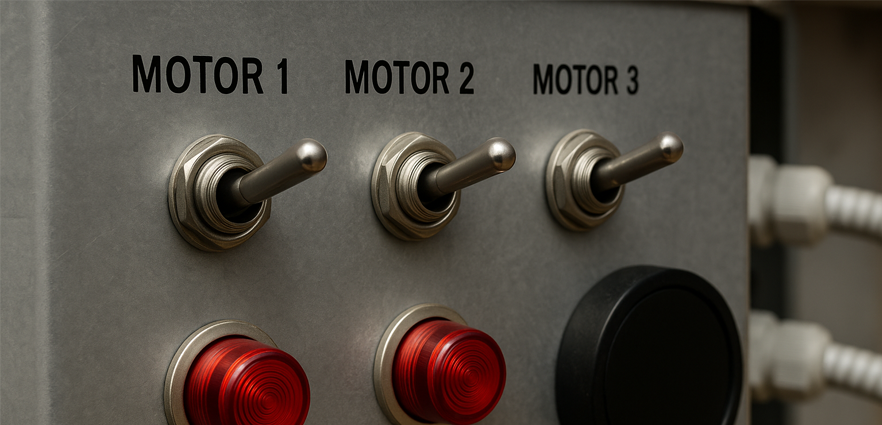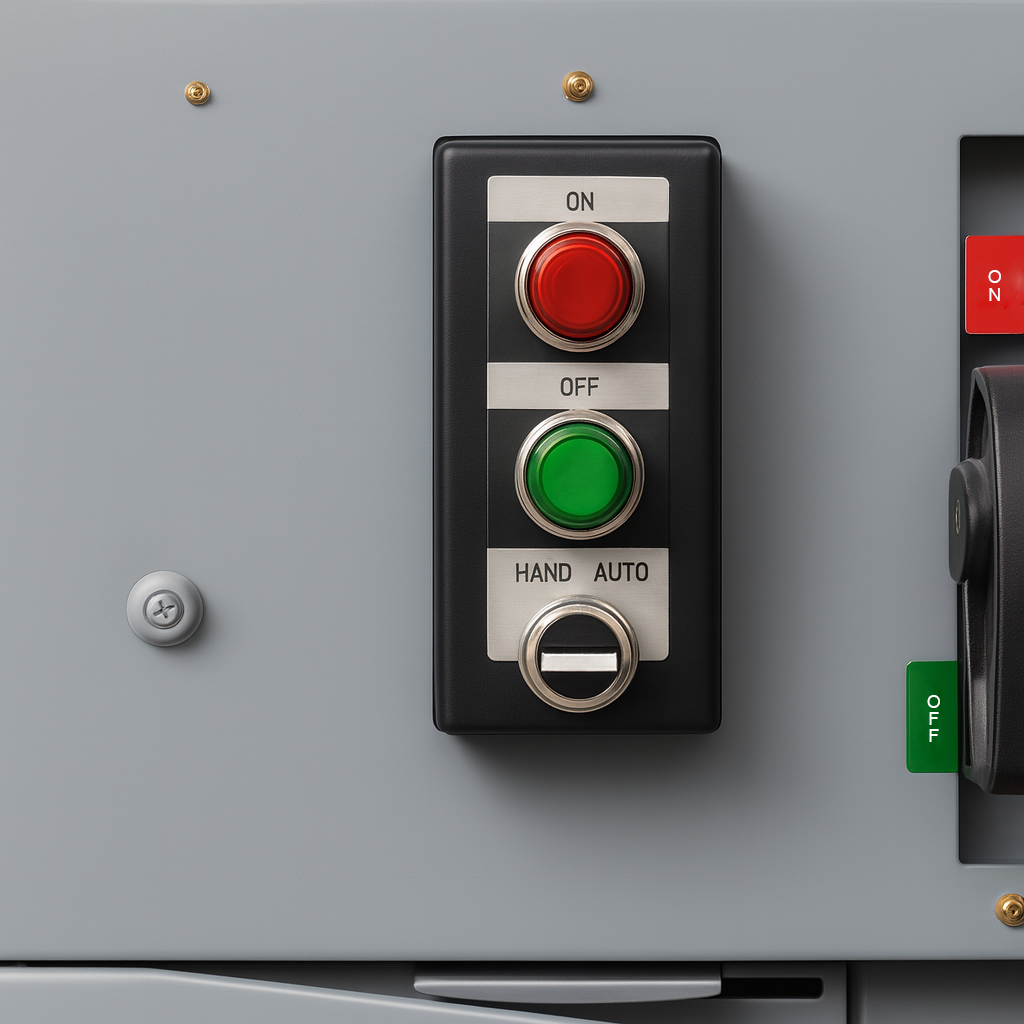
In electrical and electronic design, few components are as versatile—or as overlooked—as the SPDT switch. Known formally as the Single Pole Double Throw switch, this compact device plays a critical role in everything from simple household lighting systems to complex industrial control panels.
This guide goes beyond the basics. You’ll learn how SPDT switches work, how to wire them, advanced engineering considerations, and real-world applications—complete with schematics and project examples. Whether you’re an electrical engineer, hobbyist, or product designer, this reference will give you the practical knowledge to confidently integrate SPDT switches into your next project.
What is an SPDT Switch?
An SPDT switch has one input (pole) and two selectable outputs (throws). It can connect the common terminal (COM) to either the Normally Open (NO) or the Normally Closed (NC) terminal. This makes it ideal for toggling between two circuits or states.
Key Terms:
● COM (Common): The shared terminal that connects to the power source or input signal.
● NO (Normally Open): The terminal is not connected to COM when the switch is in its resting state.
● NC (Normally Closed): The terminal that remains connected to COM until the switch is actuated.
Most SPDT switches are break-before-make—disconnecting one circuit before engaging the other—preventing accidental shorts.
SPDT vs. Other Switch Types
To understand SPDT switches in context, compare them with other common switches:
| Switch Type | Poles | Throws | Typical Use Case |
|---|---|---|---|
| SPST (Single Pole Single Throw) | 1 | 1 | Basic ON/OFF control |
| SPDT (Single Pole Double Throw) | 1 | 2 | Toggle between two circuits |
| DPDT (Double Pole Double Throw) | 2 | 2 | Reversing motor polarity, complex routing |

Real-World Applications
● 3-Way Lighting Circuit
SPDT switches can be paired to control a single light from two locations (e.g., hallway lighting). Each switch toggles the current path, completing or breaking the circuit.
● Motor Direction Reversal
By flipping the polarity, an SPDT switch enables a DC motor to run in either forward or reverse direction. This principle is widely used in robotics and small appliances.
Advanced Engineering Considerations
Electrical Characteristics That Matter
● Contact Bounce
When a switch changes state, the contacts may “bounce,” briefly making and breaking the connection. This can introduce noise in digital circuits.
● Mitigation: Hardware RC filters, Schmitt triggers, or software debouncing in microcontrollers.
● Contact Resistance
All switches have a small resistance across contacts (often in the milliohm range). Over time, this can increase, resulting in voltage drop and increased heating.
●Consideration: Critical in low-voltage, high-precision circuits.
● Current Handling (Ampacity)
SPDT switches have maximum current ratings. Underrating can lead to overheating or welding of contacts.
● Rule of thumb: Always choose a switch with at least 25–30% margin above your expected load current.
The SPDT switch is a foundational and versatile component in an engineer's toolkit. By understanding its fundamental operation, practical applications, and crucial electrical characteristics, engineers can design more reliable and robust circuits. Now, with a deeper understanding of SPDT switches, you are ready to start experimenting with the provided schematics and build your own circuits.






